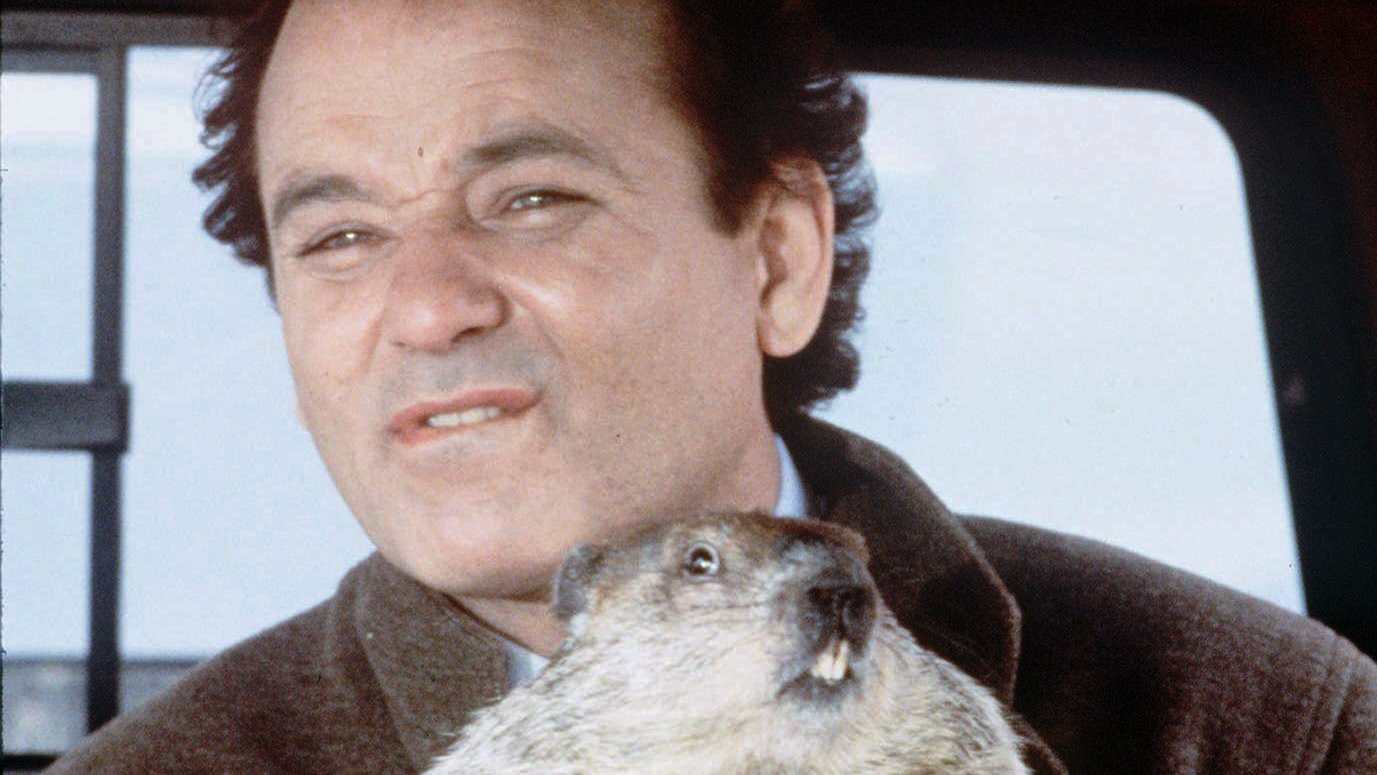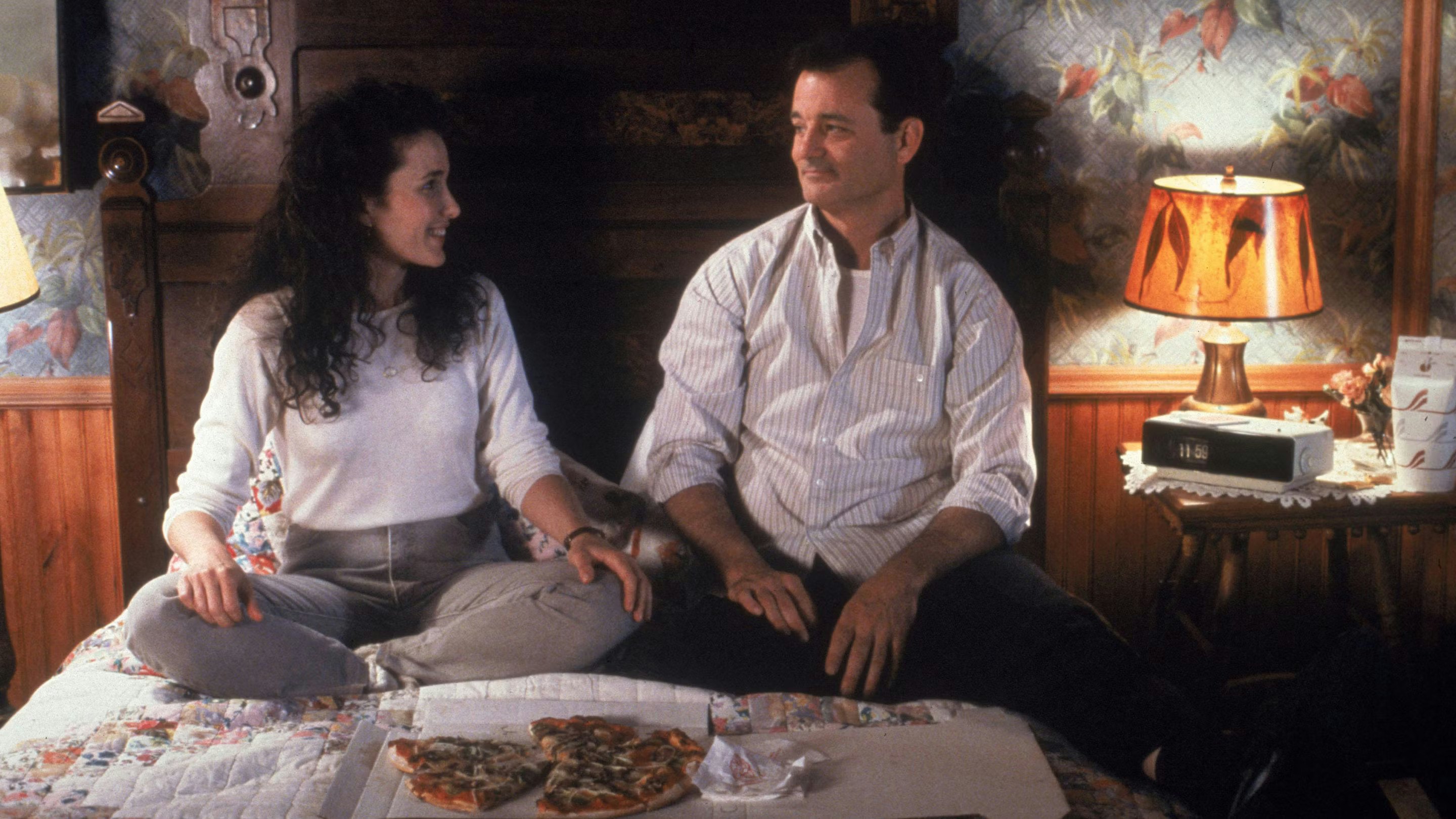
The time-loop genre is, fittingly, eternal. It works in horror movies like Happy Death Day, sci-fi epics like Edge of Tomorrow, and even video games like Deathloop. There’s something so intriguing about being trapped in the same day, and it’s easy to mold into a commentary about being stuck in a rut and hesitant to change.
But of all the genres that have explored the time-loop trope, only one has become synonymous with it: the romantic comedy. Movies like Palm Springs and even 50 First Dates (which uses amnesia) employ the concept to explore personal growth, but all these time-loop movies can be traced back to one that’s as enjoyable now as it was 30 years ago.
Groundhog Day is the cultural touchstone for time-loop stories. Directed by all-time comedy great Harold Ramis, and featuring a career-best performance by Bill Murray, the movie follows cantankerous weatherman Phil Connors as he sets off to Punxsutawney, Pennsylvania for his annual Groundhog Day coverage. But when a blizzard keeps him in town overnight, he wakes up to re-live February 2nd again, and again, and again.
Trapped in a small town on a miserably cold day, he goes through the process we would eventually see as a genre staple. First he tries to escape, then he becomes a reckless hedonist, then he gets bored, and then the elaborate suicides begin (including one involving a kidnapped Punxsutawney Phil).
Crucial to this is Phil’s new producer, Rita (Andie MacDowell), who Phil develops feelings for. She pushes Phil to abandon his cynicism and spend his apparently infinite time bettering himself and others. That change in attitude lets him into Rita’s heart — and out of the loop.
Groundhog Day’s time-loop is so effective and iconic because it’s never explained with a bunch of sci-fi gibberish. It just happens. It’s a metaphor for Phil’s refusal to change his pessimistic ways and appreciate what’s around him, and the power of love to change someone’s perspective and make them want to improve themselves. Having a scientist show up to spout nonsense physics would ruin the moment, and indeed, an explanation present early in the script was ultimately tossed out.

Groundhog Day’s cultural impact is obvious, but the film is genuinely well-crafted. Despite it causing a rift between Ramis and Murray that would last decades, the two work together perfectly, with Murray’s comedy chops making Phil’s touching final speech about the power of Groundhog Day all the more impressive. We’re not just seeing Phil Connors become a good person; we’re seeing Bill Murray go from slapstick comedy star to dramatic romance lead.
Groundhog Day dared to tell a sci-fi allegory by leaning on the allegory, not the sci-fi. Without it, we probably wouldn’t have Natasha Lyonne saying, “Thursday! What a concept,” Andy Samberg getting existential amid slapstick, or an annual excuse to spend a gloomy February night watching one of the most heartwarming movies ever made.
Groundhog Day is now streaming on Netflix.






